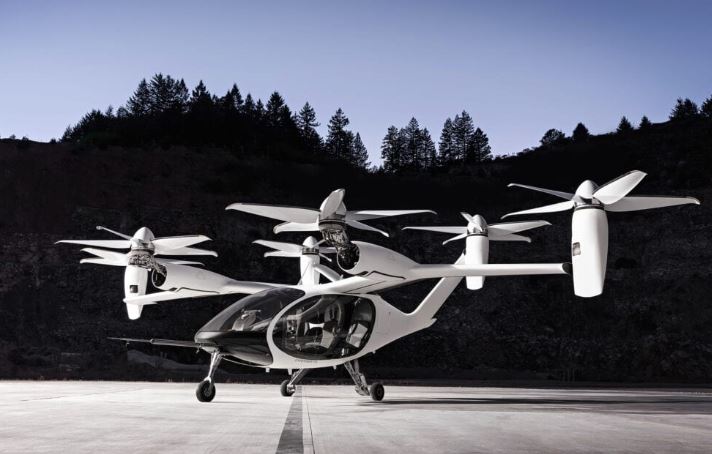eVTOL Aircrafts

Context: The Government of India is exploring the possibility of inviting manufacturers of Electric Vertical Take-off and Landing (eVTOL) aircraft to set up a base in India.

What is an eVTOL aircraft?
- An eVTOL aircraft is one that uses electric power to hover, take off, and land vertically.
- Most eVTOLs also use what is called distributed electric propulsion technology which means integrating a complex propulsion system with the airframe.
- This is a technology that has grown on account of successes in electric propulsion based on progress in motor, battery, fuel cell and electronic controller technologies and also fuelled by the need for new vehicle technology that ensures urban air mobility (UAM).
- Thus, eVTOL is one of the newer technologies and developments in the aerospace industry.
Why eVTOL can be described as “a runway independent technological solution” for the globe’s transportation needs?
- There are an estimated 250 eVTOL concepts or more being fine-tuned to bring alive the concept of UAM.
- Some of these include the use of multi-rotors, fixed-wing and tilt-wing concepts backed by sensors, cameras and even radar.
- The key word here is “autonomous connectivity”. Some of these are in various test phases.
- In short, eVTOLs have been likened to “the third wave in an aerial revolution”; the first being the advent of commercial flying, and the second, being the age of helicopters.
What are the developments in powering eVTOLs?
- The roles eVTOLs adopt depend on battery technology and the limits of onboard electric power.
- Power is required during the key phases of flight such as take-off, landing and flight (especially in high wind conditions).
- There is a “Diamond Nuclear Voltaic (DNV) technology” using minute amounts of carbon-14 nuclear waste encased in layered industrial diamonds to create self-charging batteries.
- There are some industry experts who are questioning the use of only batteries and are looking at hybrid technologies such as hydrogen cells and batteries depending on the flight mission.
What are the challenges?
Crash prevention systems:
- As the technology so far is a mix of unpiloted and piloted aircraft, the areas in focus include “crash prevention systems”.
- These use cameras, radar, GPS (global positioning system) and infrared scanners.
A power plant or rotor failure:
- There are also issues such as ensuring safety in case of powerplant or rotor failure.
Cyberattacks:
- Aircraft protection from cyberattacks is another area of focus.
Navigation and flight safety:
- A third area is in navigation and flight safety and the use of technology when operating in difficult terrain, unsafe operating environments, and also bad weather.
Practice Question for Mains
- What are eVTOL Aircraft? What powers electric vertical take-off and landing aircraft? (15 Marks, 250 Words)
Referred Sources
If you like this post, please share your feedback in the comments section below so that we will upload more posts like this.

